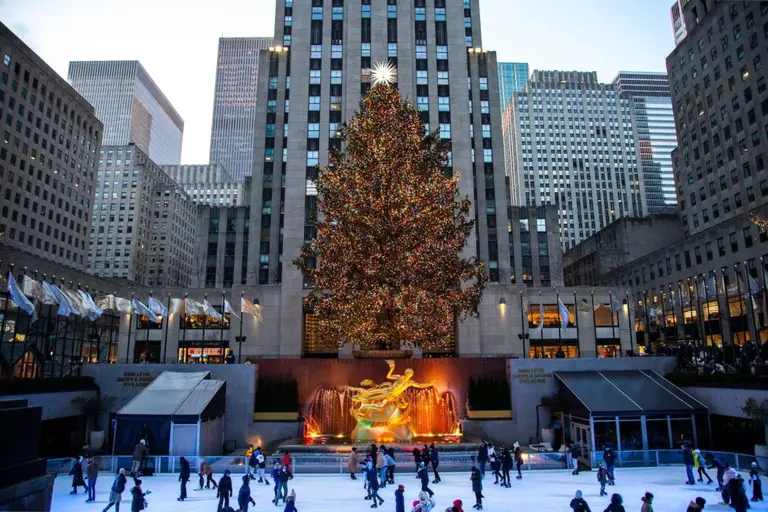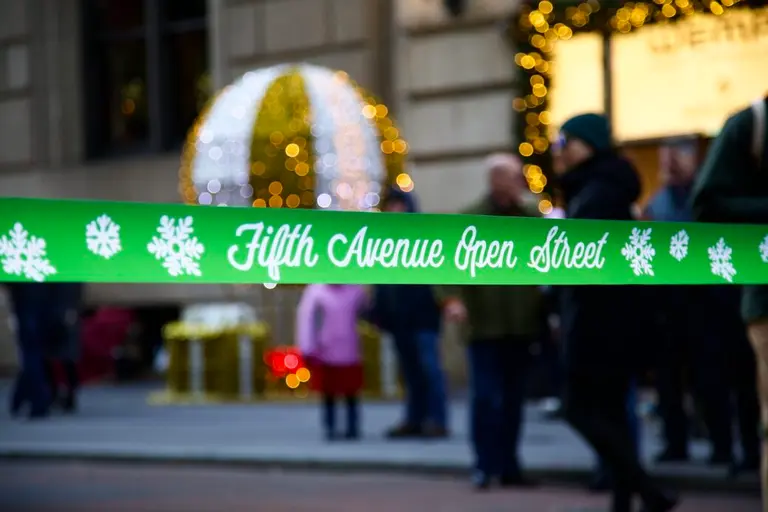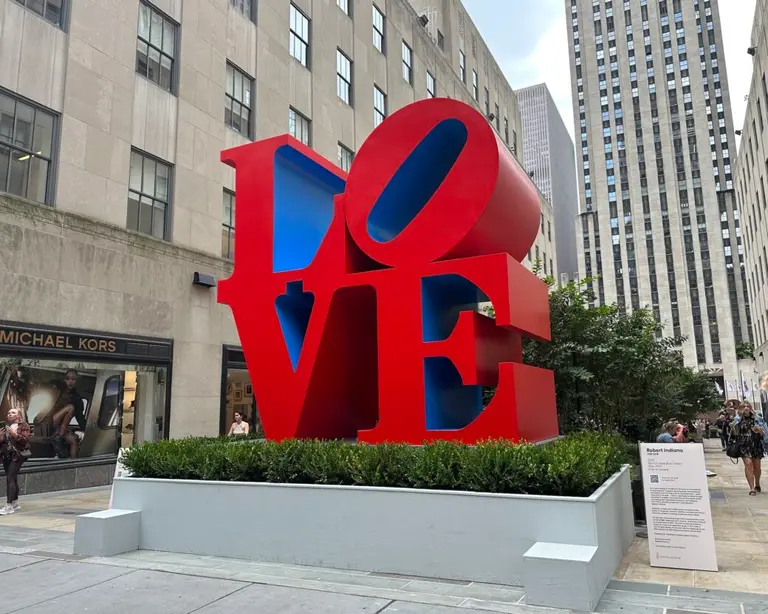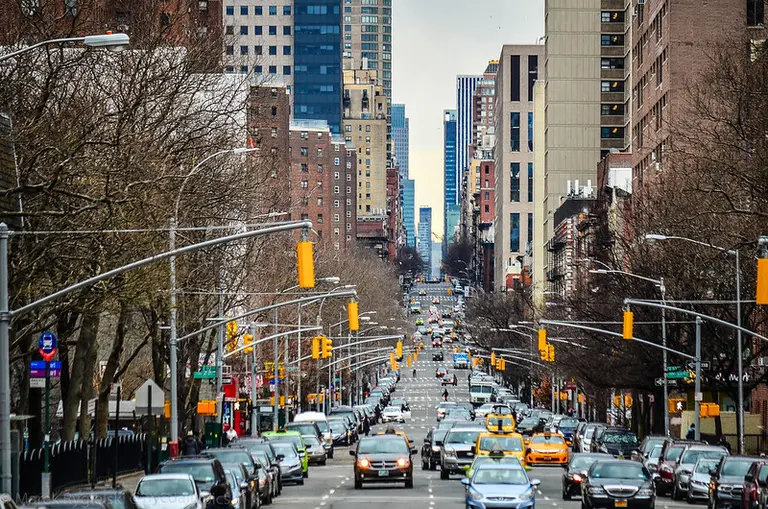LPC landmarks Philip Johnson’s AT&T Building at 550 Madison
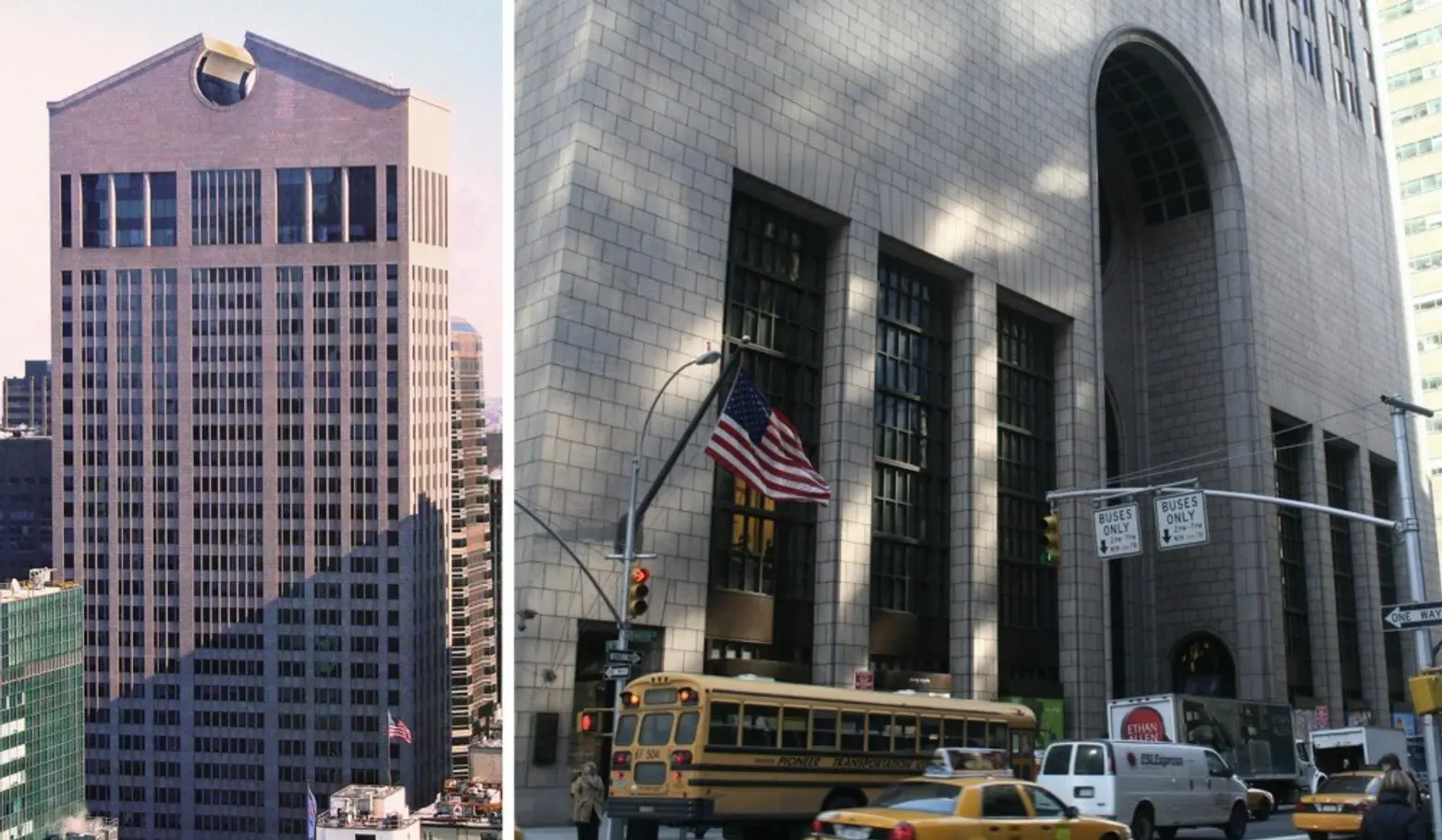
This morning the Landmarks Preservation Commission voted to designate the AT&T building at 550 Madison Avenue as an individual landmark. Designed by Philip Johnson and completed in 1984, the world’s first postmodern skyscraper originally served as the AT&T headquarters. A decade later, Sony moved in and it became known as the Sony Tower. Recently, a growing roster of preservationists and architects have been urging the LPC to landmark the building after plans surfaced showing significant changes to its architecture.
 Rendering via Snøhetta
Rendering via Snøhetta
In 2016, the building sold to the Olayan Group and Chelsfield for an eye-opening $1.4 billion. Their subsequent renovation plan, led by Snøhetta, has elicited passionate protests from preservationists who do not want to see changes to the building’s impressive arched entryway. Given today’s vote, the developers’ $300 million renovation will have to face a whole new set of hurdles and approvals.
During a nearly two-hour public hearing last month, preservationists, architects, and community groups testified in front of the LPC in support of designating the postmodern skyscraper as an individual landmark. 550 Madison has stood out for its pink-gray granite facade, arched entryway, and Chippendale-inspired crown.
Nearly every testimony at the June hearing touched on the importance of the structure as a turning point in the history of 20th-century architecture, although many admitted the building has its flaws. Shortly after Sony started leasing the building from AT&T in 1991, the original public space designed by Johnson was significantly altered: The arcades on the Madison Avenue entrance were converted into retail space, and the covered pedestrian space at the back of the tower was enclosed at both ends.
The tower became eligible for landmark status in 2014–30 years after it was completed–but the frenzy to landmark didn’t happen until Snøhetta’s renovation plans were released. The firm’s design calls for modernizing the lower levels of the building and adding a 21,000-square-foot public garden. According to Olayan America, the tower’s famous Chippendale top would be preserved. The building’s stone facade would then be partially replaced at eye level with an undulating glass curtain wall in order to highlight the building’s arched entryway. The new owners have argued that the plans will only enhance Johnson’s 1980 postmodern design.
But preservationists disagreed, holding a protest against replacing the building’s base with a scalloped glass front, complete with signs that read “Hands off my Johnson,” and “Save the Stone.” Architect Robert A.M. Stern even joined the voices of opposition. After a Change.org petition circulated to ask that the Landmarks Preservation Commission officially designate it a city landmark, a vote was calendared.
After today’s designation, LPC Vice Chair Frederick Bland said, “This is the building that established postmodernism as a legitimate architectural movement. It deserves to be preserved for future generations.”
The owners of 550 Madison released the following statement:
We are proud that 550 Madison is now an official New York City landmark, claiming its place in our city’s architectural heritage. Ownership strongly supports designation of the iconic office tower and applauds the Landmarks Preservation Commission’s decision. Since acquiring the building, we have taken our role as stewards of this important building very seriously. We look forward to an ongoing dialogue with the LPC and other stakeholders to preserve 550 Madison’s legacy as a commercial Class A destination in East Midtown, with smart and sensitive modifications to serve modern tenants.
RELATED:
- Preservationists, architects urge LPC to landmark Philip Johnson’s AT&T Building
- Landmarks votes to consider Philip Johnson’s postmodern AT&T Building for historic designation
- Robert A.M. Stern joins fight against Snøhetta’s plan to renovate Philip Johnson’s AT&T Building
- Snøhetta tapped as lead architect for $300M Sony Building restoration




